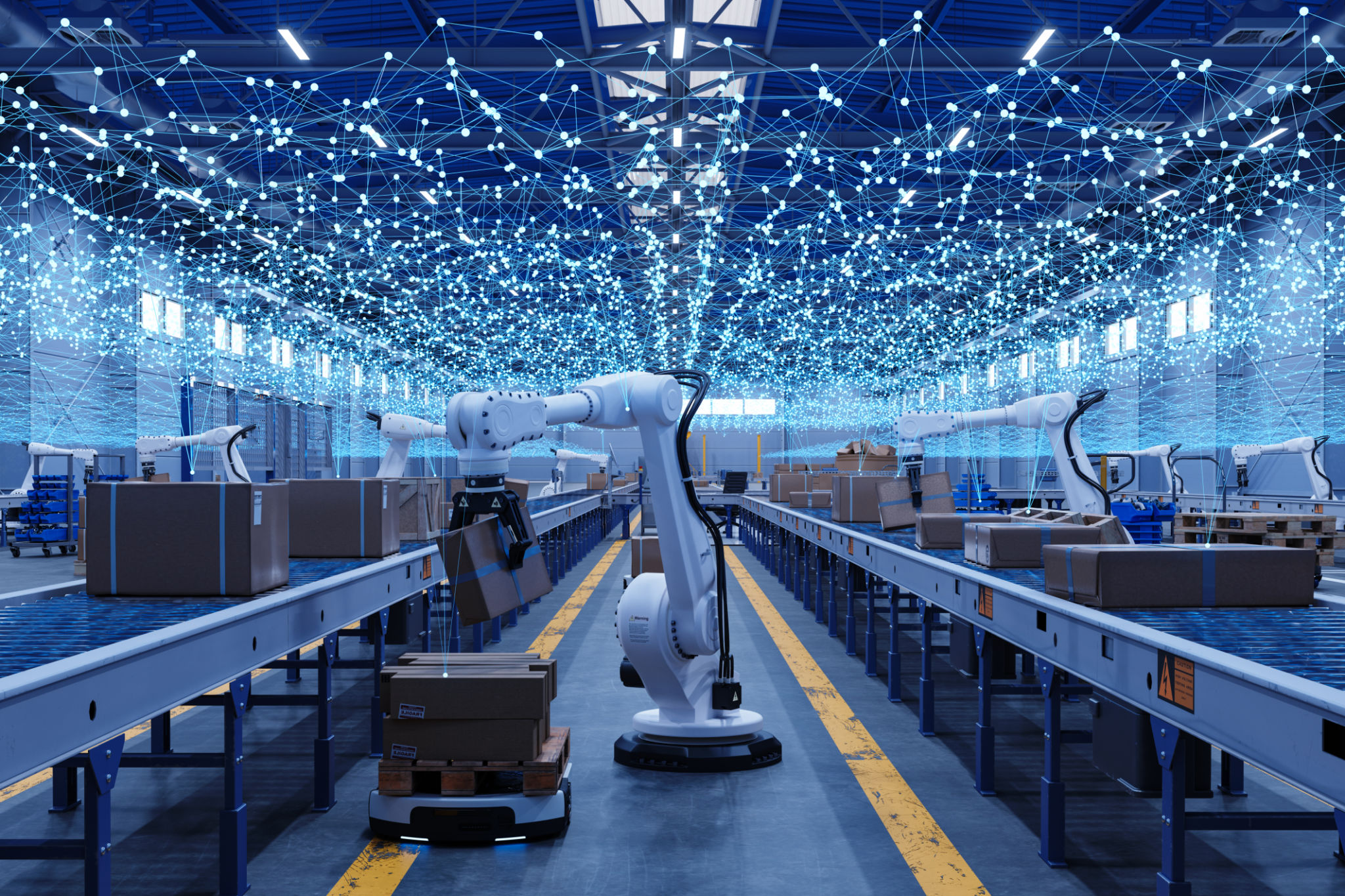Transforming Manufacturing: The Role of Future Factories in Hangzhou
Introduction to Future Factories
In the heart of Hangzhou, a revolution is underway in the manufacturing sector. Future factories are transforming the landscape, integrating cutting-edge technologies to enhance productivity and sustainability. These factories are not just about automation; they represent a holistic change in how products are created and delivered.

Key Technologies Driving Transformation
The backbone of these future factories is a blend of technologies that include the Internet of Things (IoT), artificial intelligence (AI), and robotics. These technologies work in tandem to create a seamless manufacturing process that is both efficient and adaptive to changes in demand.
IoT devices collect real-time data from machinery, providing insights that help in predicting maintenance needs and minimizing downtime. Meanwhile, AI algorithms analyze this data to optimize production schedules and enhance supply chain management.
Robotics and Automation
Robotics play a crucial role in the transformation of manufacturing in Hangzhou. Advanced robots are deployed to handle tasks that are repetitive or hazardous, ensuring higher precision and safety. This not only increases productivity but also allows human workers to focus on more complex and creative tasks.

Benefits of Future Factories
The shift to future factories brings numerous benefits. Key among them is the significant reduction in waste and energy consumption, aligning with global sustainability goals. Moreover, these factories are designed to be flexible, quickly adapting to changes in product lines or market demands.
- Efficiency: Streamlined processes reduce production time and costs.
- Sustainability: Eco-friendly practices lower the carbon footprint.
- Innovation: Continuous improvement through data-driven insights.
Impact on the Local Economy
The rise of future factories in Hangzhou is also having a positive impact on the local economy. By attracting global companies and fostering innovation, these factories are creating new jobs and boosting economic growth. Additionally, they encourage partnerships between businesses and educational institutions to develop a skilled workforce ready for the demands of modern manufacturing.

Challenges and Considerations
Despite the many advantages, transitioning to future factories is not without challenges. Companies must invest in new technologies and training programs, which can be costly. There is also a need to ensure cybersecurity measures are in place to protect sensitive data.
Moreover, the shift may lead to workforce displacement if not managed carefully. It is essential for businesses to invest in upskilling and reskilling programs to help employees transition to new roles within these advanced manufacturing environments.
The Road Ahead
Looking forward, the future of manufacturing in Hangzhou seems promising. With continuous advancements in technology and a commitment to sustainable practices, future factories are set to redefine the industry. By embracing these changes, Hangzhou is positioning itself as a leader in the global manufacturing landscape.
As we continue to explore the potential of future factories, it is crucial to focus on collaboration and innovation. By doing so, Hangzhou can ensure its manufacturing sector remains competitive and resilient in the face of ever-evolving market dynamics.